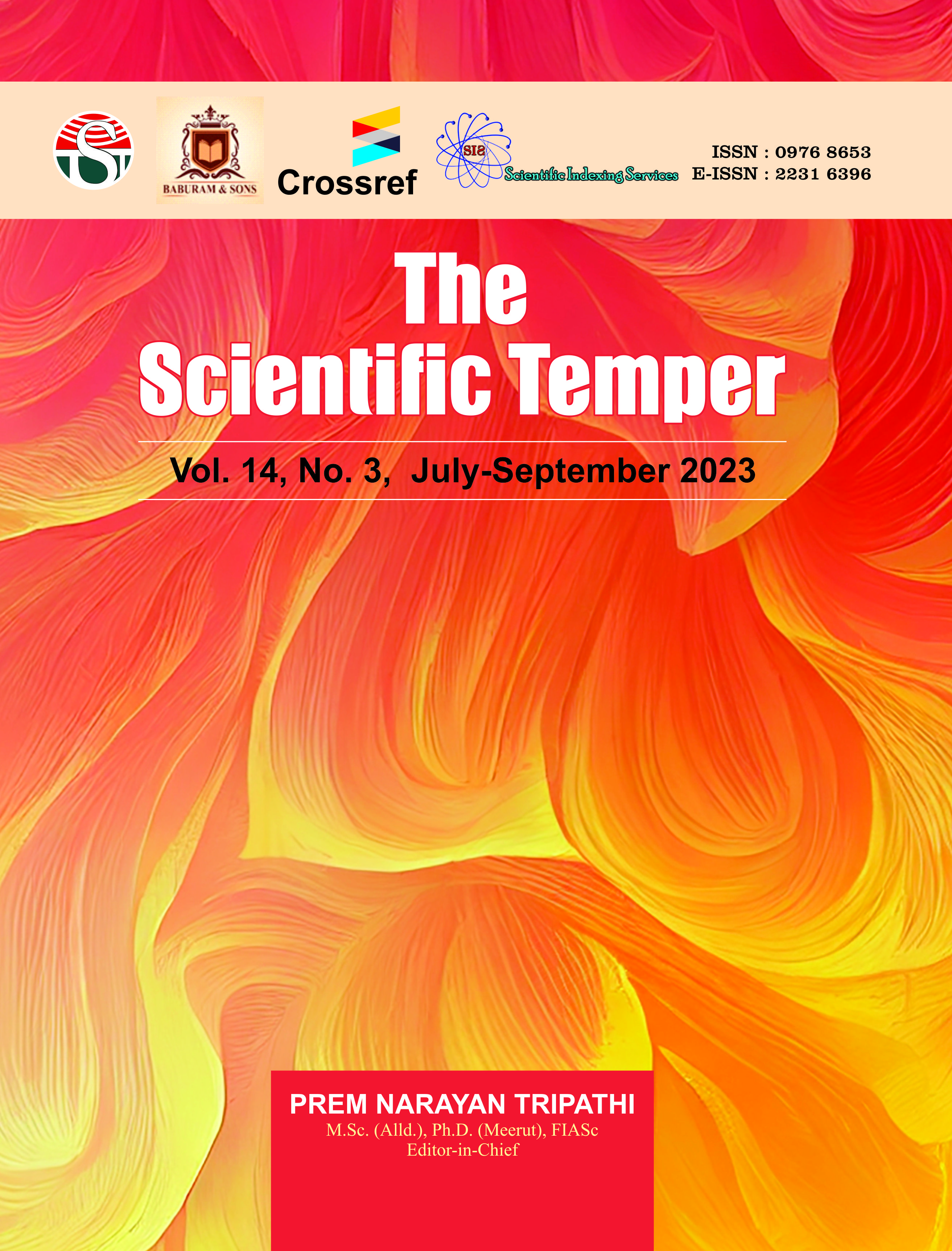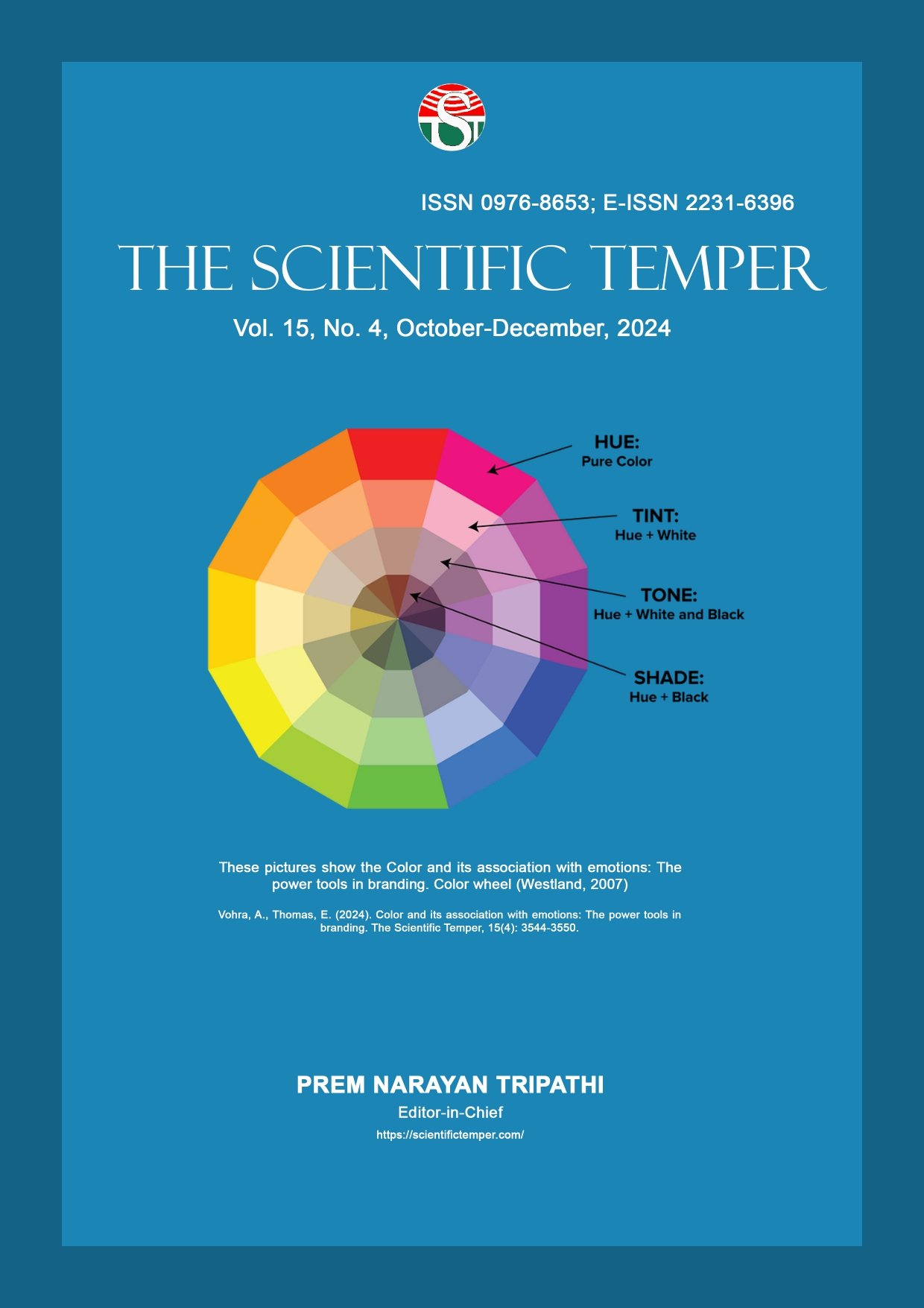Customer churn prediction using machine-learning techniques in the case of commercial bank of Ethiopia
Downloads
Published
DOI:
https://doi.org/10.58414/SCIENTIFICTEMPER.2023.14.3.08Keywords:
Customer churn, Commercial bank of ethiopia, Gradient boosting classifier, Extreme gradient boosting classifier, and Light gradient boosting machine classifier.Dimensions Badge
Issue
Section
License
Copyright (c) 2023 The Scientific Temper

This work is licensed under a Creative Commons Attribution-NonCommercial-ShareAlike 4.0 International License.
The number of service providers is increasing rapidly in every business. These days, there is plenty of options for customers in the banking sector when choosing where to put their money. As a result, customer churn and engagement have become one of the top issues for most of the banks. In this paper, a method to predict customer churn in a Bank using machine learning techniques, which is a branch of artificial intelligence, is proposed. The research promotes the exploration of the likelihood of churn by analyzing customer behavior. random forest (RF), logistic regression (LR), gradient boosting classifier (GBC), extreme gradient boosting classifier (EGBC), and light gradient boosting machine classifier (LGBCMC) are used in this study. Also, some feature selection methods have also been done to find the more relevant features and verify system performance. The experimentation was conducted on the churn modeling dataset from Kaggle. The results are compared to find an appropriate model with higher precision and predictability. As a result, using the Random Forest model after oversampling is better than other models in terms of accuracy. The experimental result shows that the Light Gradient Boosting Machine classifier outperformed with an accuracy of 98%, a precision of 97%, and a recall of 100%, with an AUC of 99% than other proposed supervised machine learning algorithms with balanced datasets across all evaluation metrics.Abstract
How to Cite
Downloads
Similar Articles
- Appu A, Does shopping values influence users behavioral intentions? Empirical evidence from Chennai malls , The Scientific Temper: Vol. 15 No. 04 (2024): The Scientific Temper
- R. Sakthiraman, L. Arockiam, RFSVMDD: Ensemble of multi-dimension random forest and custom-made support vector machine for detecting RPL DDoS attacks in an IoT-based WSN environment , The Scientific Temper: Vol. 16 No. 01 (2025): The Scientific Temper
- O. Devipriya, K. Kungumaraj, Enhancing cloud efficiency: an intelligent virtual machine selection and migration approach for VM consolidation , The Scientific Temper: Vol. 15 No. spl-1 (2024): The Scientific Temper
- P. Ananthi, A. Chandrabose, The socio-technical opportunities and threats of crowdsensing , The Scientific Temper: Vol. 15 No. spl-1 (2024): The Scientific Temper
- B. Kalpana, P. Krishnamoorthy, S. Kanageswari, Anitha J. Albert, Machine learning approaches for predicting species interactions in dynamic ecosystems , The Scientific Temper: Vol. 15 No. 03 (2024): The Scientific Temper
- Kanthalakshmi S, Nikitha M. S, Pradeepa G, Classification of weld defects using machine vision using convolutional neural network , The Scientific Temper: Vol. 14 No. 01 (2023): The Scientific Temper
- Amol Garge, Monika Tripathi, Navigating the virtual frontier: Best practices for ERP implementation in the digital age , The Scientific Temper: Vol. 15 No. spl-2 (2024): The Scientific Temper
- Ayesha Shakith, L. Arockiam, Enhancing classification accuracy on code-mixed and imbalanced data using an adaptive deep autoencoder and XGBoost , The Scientific Temper: Vol. 15 No. 03 (2024): The Scientific Temper
- Lakshminarayani A, A Shaik Abdul Khadir, A blockchain-integrated smart healthcare framework utilizing dynamic hunting leadership algorithm with deep learning-based disease detection and classification model , The Scientific Temper: Vol. 15 No. 04 (2024): The Scientific Temper
- Nithya R, Kokilavani T, Joseph Charles P, Multi-objective nature inspired hybrid optimization algorithm to improve prediction accuracy on imbalance medical datasets , The Scientific Temper: Vol. 15 No. 03 (2024): The Scientific Temper
<< < 3 4 5 6 7 8 9 10 11 12 > >>
You may also start an advanced similarity search for this article.



